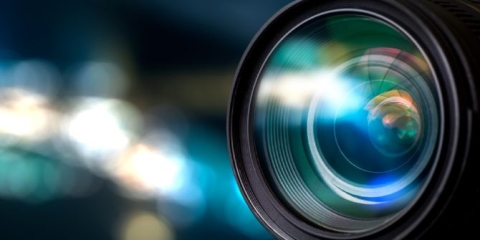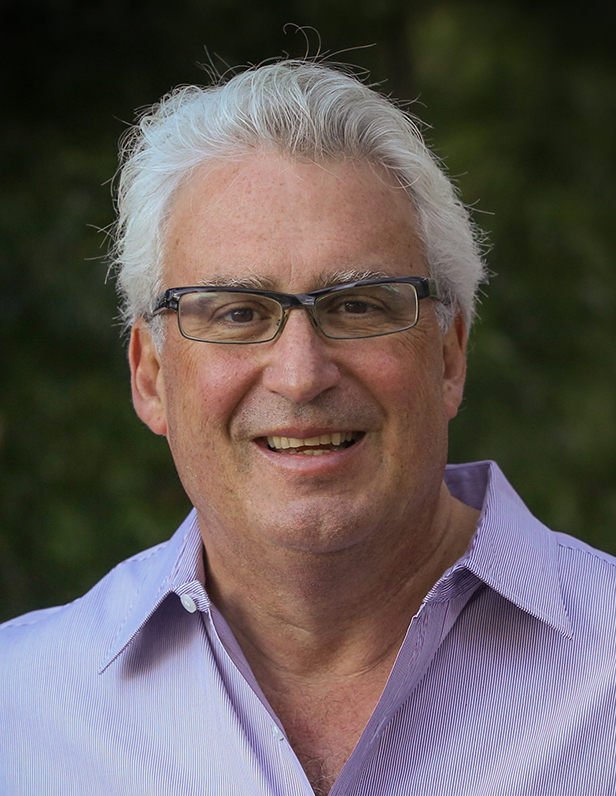Inside Secrets to Better Event Photography

Have you ever hired a photographer for an event (or worse, used your own smartphone) and wound up with very few photos you could actually use? Event photography is an important component of capturing the trade show or conference, but often it’s something that planners don’t spend much time thinking about aside from sourcing a photographer.
Professional event photographer Chris Savas, who owns and operates Chris Savas Photography in the Atlanta area, has been in the business for more than 30 years. He worked as a photojournalist and in advertising for more than a decade before switching his specialty to corporate meetings and events. We spoke with Savas about industry trends and steps planners can take to guarantee those memorable moments are captured in ways that work well for marketing, social media and beyond.
What kind of information do you absolutely need from event planners?
I want the planners to tell me what they want. I also want them to tell me how the pictures are going to be used — because if they’re only going to be used on the web, that’s a different type of shooting than if they’re going to be used in print. I don’t need to know dimensions, but I do need to know if they’re looking for banner shots, which will be wider shots of the room.
If there are specific types of images, or locations (say a planner wants shots of busy registration counters or media shots of certain groups of people), that is also helpful to know. Also, details like alcohol are important to nail down before the event — some clients don’t want any photos of people with drinks in their hands.
If there are any surprises planned, I’m in the “need to know” category, because I need to be in place to capture them on camera. I’ve never lost a picture but I can’t tell you how many times I’ve had to go running to the stage because I’m in the back of the room shooting a wide shot, and suddenly they are thanking someone and presenting them with an award or flowers. So making sure your photographer knows what they need to shoot and where they need to be at what time is key.

What trends are you seeing in event photography these days?
One big trend is clients looking for experiential things to do. For example, I recently created a video booth for one of my clients that they bring to all of their events for their employees. You walk into this booth and three questions come up on the screen. You read the question, it gives you a countdown and you have 60 seconds to answer the question. My daughter is an event planner and she has created a photo booth out of an Airstream trailer that they can pull into a venue. Photo booths have been around a long time, but people are trying to find creative little gimmicks to make them more fun.
What changes have you seen in the past decade?
Budget cuts and social media needs are the two things that are hard for everybody these days — budgets are lower and the needs are immediate. That puts more pressure on us to do more with less. So I leverage all the newest technology, and I use video booths, 360-degree cameras, drones and photo booths. And I have my new headshot studio offering, which has been very popular with planners.
How is shooting a trade show different from a corporate event and what are some things you keep in mind when photographing expos?
The photography needs of both trade shows and corporate events are similar depending on who is promoting the show. Both are looking for high-quality marketing images that reflect a positive attendee experience, so I find that trade shows and corporate events are similar in the sense that they cross over into each other’s main purpose.
Corporate events are usually designed to promote a company and its services to their existing and future customers, with the main goal of creating a positive and progressive image of their company, and to thank and reward their best performers. Some of the larger corporate events will have trade show elements to them.
At trade shows, photography is primarily used to record a positive attendee experience as well as show and exhibitor branding. So when I’m shooting a trade show, I tend to focus on recording attendee and exhibitor interaction and branding, versus a corporate event where my shots are all about attendee interaction and company branding.
My equipment will depend on the different needs of each show, but I like to use special rigs I’ve developed to create interesting angles and images, as well as 360-cameras to capture panoramic views of the exhibit hall.
Headshots do seem to be more popular at events today — why do you think that is?
It goes back to people wanting experiential things, and things that are personal to them. Traditionally, headshots took a significant amount of time. We’d set up a little portrait studio, shoot the pictures and take them back to the studio to do post-production. We’d have to photograph the person’s badge to identify who is in each photo, then we’d pick the best shot, put it on a download site and send a link to everybody to download their pictures. Then we’d give everything to the client via Dropbox or a thumb drive.
Now it’s much simpler. I’ve created a system that automatically retouches the headshot and names the files with the person’s name. The attendee can choose their favorite and have it emailed to them in under five minutes. And if someone doesn’t receive the email, or deletes it, they can call me to get it resent within minutes. We save everything forever, and because we have all the files already named and preferred shots marked, it’s easy to find Jane Doe’s photo and send it to her at any time. When we’re done shooting, we give the client a thumb drive or a hard drive with all of the selected pictures in a specific folder.
Savas says that the automatic retouching is the key part here — and a differentiator for his business — as it allows him to deliver fast, professional-quality headshots that show people at their best.
When should clients expect to receive their photos, post-event?
I turn my deliverables around in a day, even on complicated shows. When I’m done shooting for the day I’ll go back to my hotel room and do post-production. Some clients want press or media shots for the next morning, so I’ll get that done that night. I create a folder for the designated media person who can decide what’s going to go out and what’s not. Maybe I’ll just edit the selects or the main show photos, but I deliver very quickly within days of the whole thing. I can even have it done by the end of the show if needed. That’s faster than many other photographers deliver, and my clients always appreciate the quick turn-around.
Don’t miss any event-related news: Sign up for our weekly e-newsletter HERE and engage with us on Twitter, Facebook, LinkedIn and Instagram!


Add new comment